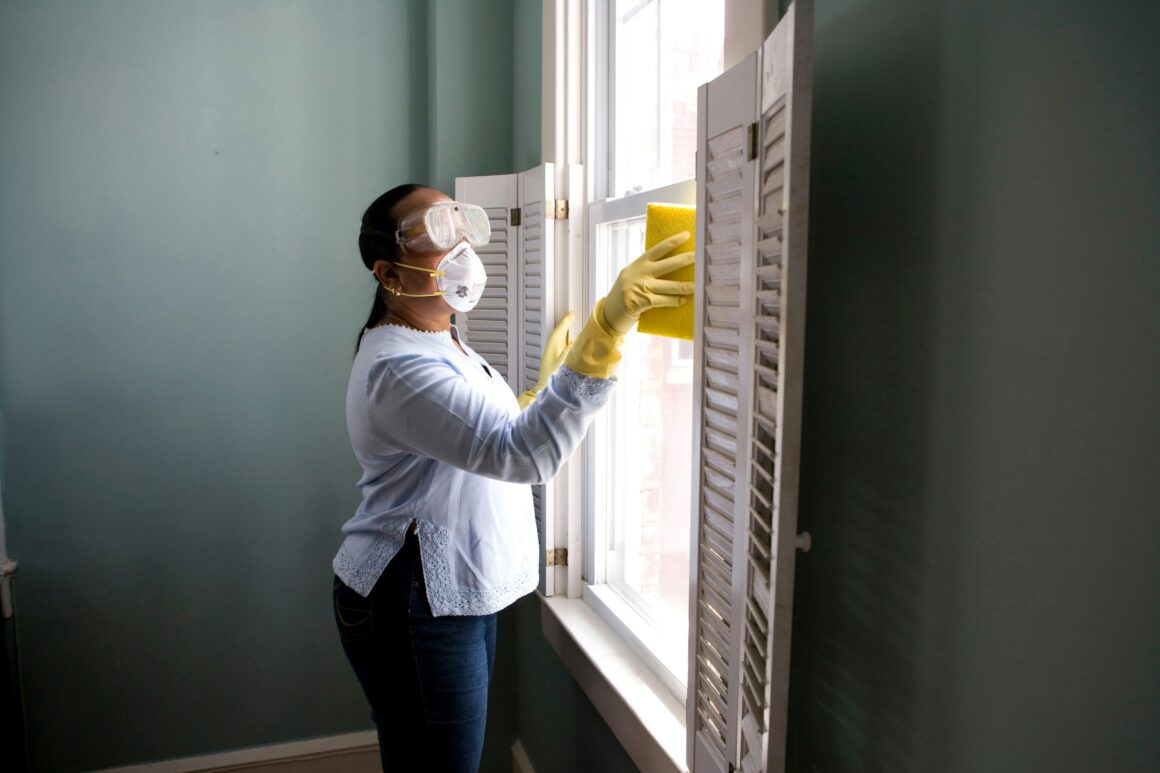The American school system curriculum is undeniably biased. Almost every history class I took in elementary school consisted of American history, although a few delved briefly into “world” history (in which almost every topic included American involvement with another nation). However, America has become such a diverse country that there no longer exists one true definition of an “American.” Yet despite its diversity, racism and prejudice toward certain groups of people continue to exist in the U.S. Much of this prejudice likely results from a lack of education about important topics such as religion, LBGTQ rights, mental illness, immigration, and diverse cultures. We claim to be more advanced, educated, and civilized than third-world nations. Then why do we continue to turn a blind eye on the cultures and religions of the people living right in this nation? The education system should adapt to include topics of education that could eliminate racism and prejudice in this country.
Here are 5 topics the American school system should teach:
Religion – The idea of teaching about religion in depth is taboo. Public schools avoid the topic, following the idea that religion should be kept separate from secularism. No teacher wants to seem like he or she is pushing religion on little children, lest the wrath of the PTA descend. However, all religions should be taught to a certain extent, in a completely impartial way, to elementary school students. Children would benefit from learning about Islam, Hinduism, and Sikhism: religions that are often misunderstood and targeted for prejudice. Once you learn about them, you realize that they have very similar beliefs to Christianity and they are all beautiful and peaceful traditions. However, within our society exists an ingrained misinterpretation and fear of these foreign religions. Education is key to dispelling stereotypes and misunderstandings in order to lead to the formation of a more inclusive and welcoming America.
“You think the only people who are people
Are the people who look and think like you”
LGBTQ – Gender is not discussed in elementary schools, perhaps due to the fear of retribution from angry parents. However, children are so exposed to heterosexual relationships depicted in the media that often they grow up believing that heterosexuality is “correct” or “normal.” This outlook can have severe consequences as children grow up. It can lead to members of the LGBTQ community feeling like outsiders, or to heterosexual kids misunderstanding and even making fun of LGBTQ kids. Openly discussing gender and the existing variety of relationship types would help to normalize these diverse relationships, leading to a more respectful treatment of all people, regardless of gender or sexual orientation.
Mental illness – Disney’s film “Inside Out” was rightly praised for portraying the reality of the damage that emotions can cause. The film even delved into a depiction of depression at one point. Emotions matter, mental illnesses matter, and children should be taught accordingly. Yet because mental health is rarely discussed, we have a hard time coping with the idea when we learn about mental illnesses in our teenage years. It happens, it’s real, and it matters just as much as a physical injury. Neglecting it will not make it go away. In fact, failing to acknowledge the very real causes and effects of mental illness may lead to more discrimination and suicides. Creative ways like the ones in “Inside Out” can be the building blocks for a basic way to discuss mental illness with children in a way that they can understand.
Immigration – Many immigrants escape to the United States from oppressive countries in which they are endangered, impoverished, and unable to reach their potential. They come here for a better life, seeking opportunities and freedoms they cannot find in their countries. Tell me, would you cross the treacherous Rio Grande or jump on the deadly train “La Bestia” simply to come steal jobs? No. Immigrants risk rape, theft, slaughter, dehydration, and even losing limbs in order to come to the United States, because the only other choice is death from starvation or gang violence in their countries. Many Central and South American nations are ruled by corrupt governments that overlook the growing dominance of gangs. Families live in fear of extortion, dislocation from their own homes, and death threats at the hands of gang members. It sounds like a nightmare. It would never happen in the states, so why even bother thinking about it? Because it’s real. These are the daily lives of our immigrants. So, no, immigrants are not just rapists, thieves, and murderers. If you were born in their country, you would be in the same boat. But you got lucky.
“But still I cannot see
If the savage one is me
How can there be so much that you don’t know”
Culture culture culture. All cultures. Let’s discuss the beautiful culture of the Native Americans before it was destroyed. We should educate our children on Hawaiian culture and Puerto Rican culture – because they are American as well, and if we are going to claim their land as ours, we should know about its beauty. Children should grow up knowing about cultures worldwide – Asian, Middle Eastern, African, and Hispanic – instead of simply learning about these cultures from Disney movies. Because quite frankly, in middle school, and even now as a college student, I know slim to nothing about these other cultures, and I am just starting to learn about them now.
Our generation has evolved significantly and does not focus on the traditional beliefs of the past. We are moving forward as a country. We are the global plethora of culture, gender, and race. We have been given this opportunity to grow as one, free to be who we are, because we are fortunate enough to live under the freedoms granted to us by the Bill of Rights.
Our past is not always something to be proud of, yet I would not want to take away from the multitude of American achievements. We have accomplished so much, and I believe that opening our horizons and educating children about other nations, cultures, and perspectives will allow the walls of racism, sexism, and homophobia to be broken.
I am proud to be an American – but not for the traditional reasons. I am proud because of the amazing opportunities this country has. I am proud to live in a diverse nation where I can learn something new just by asking the person next to me about their culture. I am proud to have access to a wealth of new knowledge in the classes I take, the friends I have, and the diversity I witness every day. I am proud to be born to immigrant parents, so I can tell you that sympathizing with others is essential to everything. If you knew the struggles of the person next to you, if you were in their shoes, you would not tell them to go back to their country, that they are terrorists, or that black lives do not matter.




